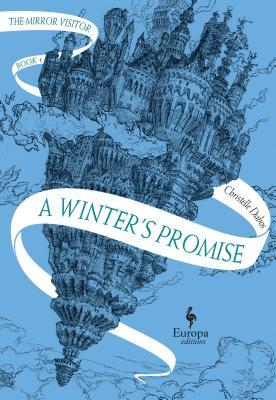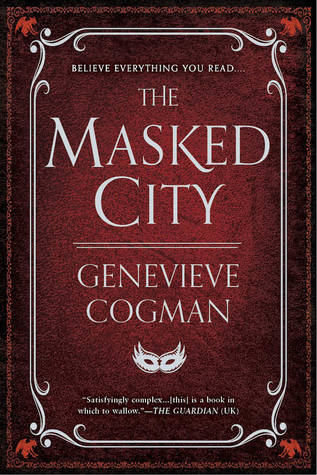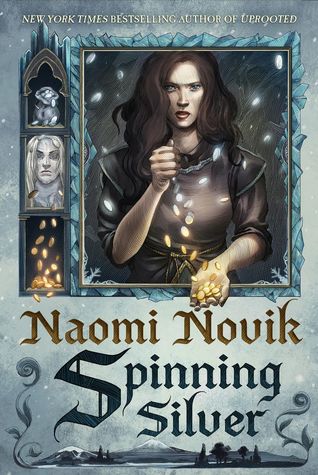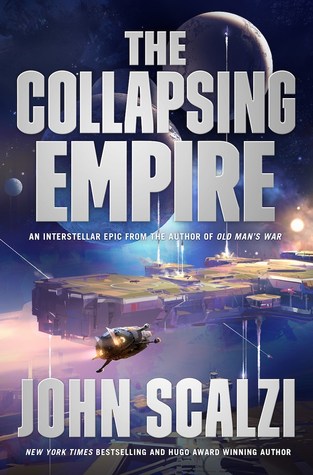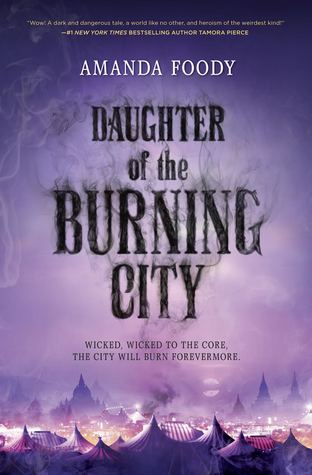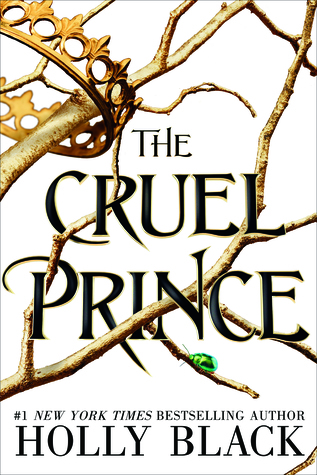 Title: Fashioning Fashion, European Dress in Detail 1700-1915
Title: Fashioning Fashion, European Dress in Detail 1700-1915Series: n/a
Author: Sharon Sadako Takeda; Kaye Durland Spilker
Source/Format: Borrowed from the library; Hardcover
More Details: Nonfiction; History; Fashion
Publisher/Publication Date: Prestel Publishing; September 22, 2010
Goodreads Amazon Barnes & Noble Book Depository
Synopsis from Goodreads...
The creation of eighteenth and nineteenth century fashion moved at a much slower tempo than the lightning-speed pace of contemporary fashion, so great attention was paid to the smallest detail. Fashioning Fashion: European Dress in Detail, 1700-1915 celebrates these and brilliantly examines the transformation of the fashionable silhouette over this span of more than two centuries. Lavish photographs and illustrative text provide historical context, showing how technical inventions, political events, and global trade often profoundly affected style. It is little wonder that many of today's top haute couture designers often look to fashion of the past to find inspiration in the present. The intriguing and stunning examples of historic dress in this opulent volume are as captivating today as they were centuries ago. Fashioning Fashion showcases nearly two hundred highlights from the Los Angeles County Museum of Art's new European collection of rare pieces of historic fashion and accessories for men, women, and children. LACMA recently acquired this singular collection, which numbers more than 1,000 objects and represents a total of fifty years of acquisitions by prominent historic dress dealers and collectors Martin Kamer of England and Wolfgang Ruf of Switzerland. The pieces were chosen for their roles in the story of fashion's aesthetic and technical development from the Age of Enlightenment to World War I. This in-depth look at the details of these luxurious textiles, exacting tailoring techniques, and lush trimmings is the first presentation of this remarkable collection...After I read the medieval history book—The Penguin Historical Atlas of the Medieval World, my thoughts about it can be found HERE—it got me thinking about the clothes of the time period, specifically how international trade, diplomatic ties, conflicts, and the like would affect historical clothing trends. Unfortunately, it was a topic The Penguin Historical Atlas of the Medieval World didn’t cover. So, of course, once I was thinking about it, I wanted to know a bit more about historical fashion. A quick search of my library's catalogue brought me to this book: Fashioning Fashion, European Dress in Detail 1700-1915. It was a quick but fascinating read with plenty of photo examples that highlighted a collection from the Los Angeles County Museum of Art. I thought it was interesting how trends changed but eventually old ideas were recycled and updated into something new, which was a prominent theme throughout the book. It was especially highlighted in sections that talked about the treatment of garments. I was surprised to learn about the difference in the quality for the stitching, particularly between expensive formal wear and undergarments. The latter of which had better, meticulous seams, because they were frequently washed. While a lot of other garments were described as being incapable of receiving the same treatment. One passage perfectly captures what I mean:
“Plain but functional items such as linen shirts, which had to endure frequent washing, were more carefully stitched than silk gowns, which eventually would be unpicked to be altered or “turned” (resewn with the reverse side of the textile facing outward, to prolong the life of the unwashable garment). Because Fabric was so valuable, it was customarily recycled, and clothes were not constructed to last as long as their textiles.”(p.73)
I found the relationship between technology and fashion interesting. I also liked the sections that talked about the “blending and manipulation” of the four principle fibers—silk, cotton, linen, and wool—to get other textiles. This book also touched on the working conditions of factory workers, as well as other issues relevant to this topic. There’s so much more I could say about this book, but then this post would turn into a summary of the book. That’s not what I’m trying to do.
Overall, Fashioning Fashion was fantastic. There’s still so much I don’t know about this topic, and I would be interested in finding more books like this one....



